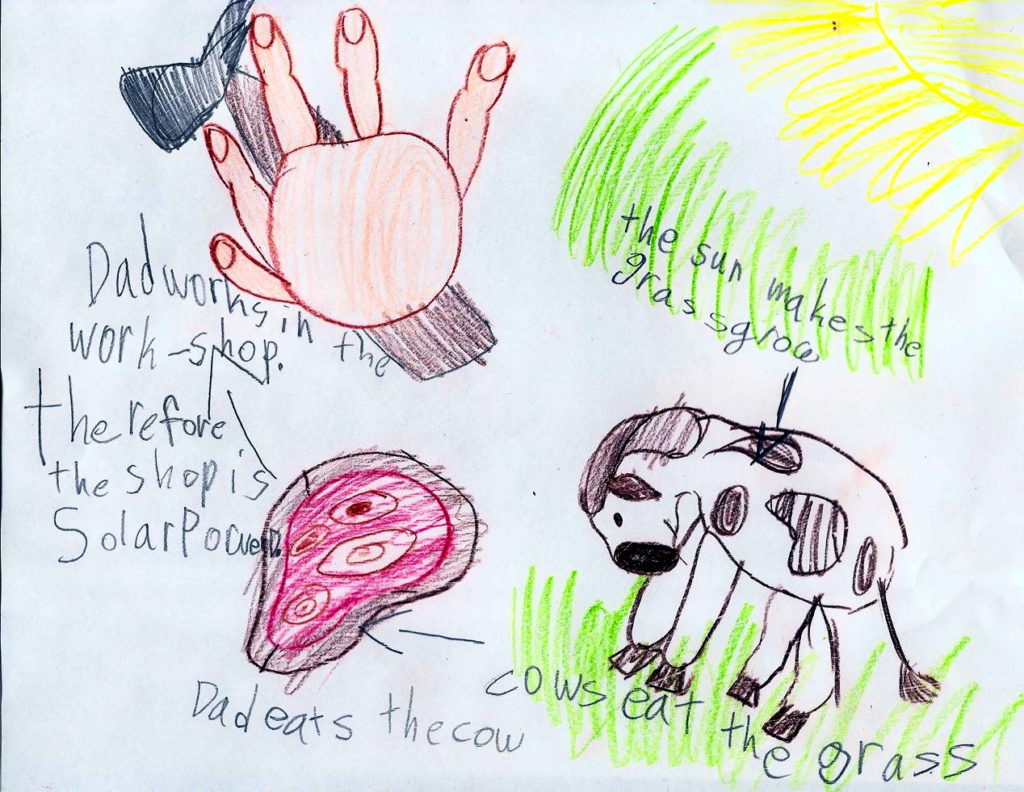The stuffed wingback chair in my office puts me at eye level with my woodworking books, which was not deliberate but maybe not entirely accidental either. Last week I noticed a book I’d forgotten I’d bought: The Village Carpenter, written by Walter Rose in 1937, a memoir of life as a carpenter in an English village in the late nineteenth century. There’s a great deal here that interested me, both as a woodworker and as a rural historian, and I may have more to say about it later, but what struck me most was the relationship Rose describes between the workers, their methods of work, and their tools—the ecosystem of the craft, you might say.
Several years ago, as I tried to get back into serious woodworking, I realized that if I was going to continue I was going to need to sharpen my saws, which were a decade or more old and growing too dull to use effectively. But I couldn’t find anyone who could sharpen a handsaw for me, and I knew I wasn’t going to figure out how to do it from books and videos alone. So I took a class on sharpening hand saws, and I dutifully took along my old, dulled crosscut saw for practice.
It turned out that my old, dulled crosscut saw could not be sharpened. “Modern” saws of the sort sold by big box home centers are made of steel tempered too hard to be sharpened with a steel file. They’re designed to stay usably sharp for a long time… and then to be thrown away and replaced.
Most of us, in other words, aren’t even used to the idea that tools have to be maintained.
